Peter Schlumbohm may not be a household name to lovers of coffee and espresso, but his most successful product sure is: Schlumbohm invented the Chemex coffee brewer.
He also invented literally hundreds of other devices including: an instant ice maker; the Minnehaha, a cocktailogist device that mixed drinks quickly by forcing the liquids through a fine mesh screen; a cigarette holder designed after the Chemex, using Chemex styled mini cones as the filters (long before cigarettes had them built in); and even a woman’s purse. A lot of his inventions and patents involve refrigeration of various sorts and types. It makes you wonder where his first passion was: coffee or keeping things cold?
Schlumbohm also designed a rather ambitious automobile, called the Chemobile (pictured the right). This design wasn’t so much a desire to get into car making as it was a knock against what the thought was really boring and staid car designs of the day. He wanted every passenger to have a huge view of the surrounding world when driving along.
He did design a wide range of coffee devices, including many variants of the original Chemex. One was a Chemex with a pour spout extruding from the lower half of the brewer. Another looked like something that could turn the Chemex into an alcohol still. Many of these devices never made it past the drawing board. One that did make it to manufacturing was called the Tubadipdrip. What a name! I recall seeing a vintage ad for it ages ago and thought at the time, wow, did the Chemex guy invent the AeroPress 50 years before the AeroPress guy invented the AeroPress?
Hammacher Schlemmer was a big fan of Schlumbohm and his inventions. They were one of the first stores to sell the Chemex, his all glass water kettle (still sold today) and a few of his bartending gizmos.

They also sold the Tubadipdrip for one year. They even managed to get the New York Times to write up the brewing device (PDF Link), though it reads like a press release and not an actual review or critical look at it. So what, exactly is it? Was it really an AeroPress, 50 years before?
Not really. The only similarities are a) it brews coffee, and b) it involves two nesting tubes. And it appeared very dangerous to use because like many of Schlumbohm’s inventions, he never did quite get it right.
How the Tubadipdrip Works
This device consists of four elements: a large diameter, tall aluminum tube with a solid bottom; a second aluminum tube with a metal filter at the bottom of it; a metal strainer / filter device without a handle that you had to hand hold for a short time, while letting blazing hot coffee brew flow through it; and a cloth wrap or cork wrap for the outer metal tube.
It was advertised as a sort of immersion, then flow through coffee brewer device that could also be used for cocktail mixing (the dude was huge on cocktails), or a stovetop “percolator” coffee brewer. But let’s just stick to the main method of brewing with this device.
First, insert the smaller diameter tube with the bottom filter inside the larger, solid metal tube. Next, add coffee, and then add just-off-the-boil water. Let steep, then stir. After 2 minutes, lift the inner tube up (remember, it was metal and blazing hot, though it did have a catch handle to grasp), to let coffee begin to flow out the bottom. To aid in filtration, lift completely out of the larger tube, and then place the secondary filter device (they called it a “bushing”) to rest on the larger tube’s top opening, and place the inner tube on that to complete the filtration portion of the brew.
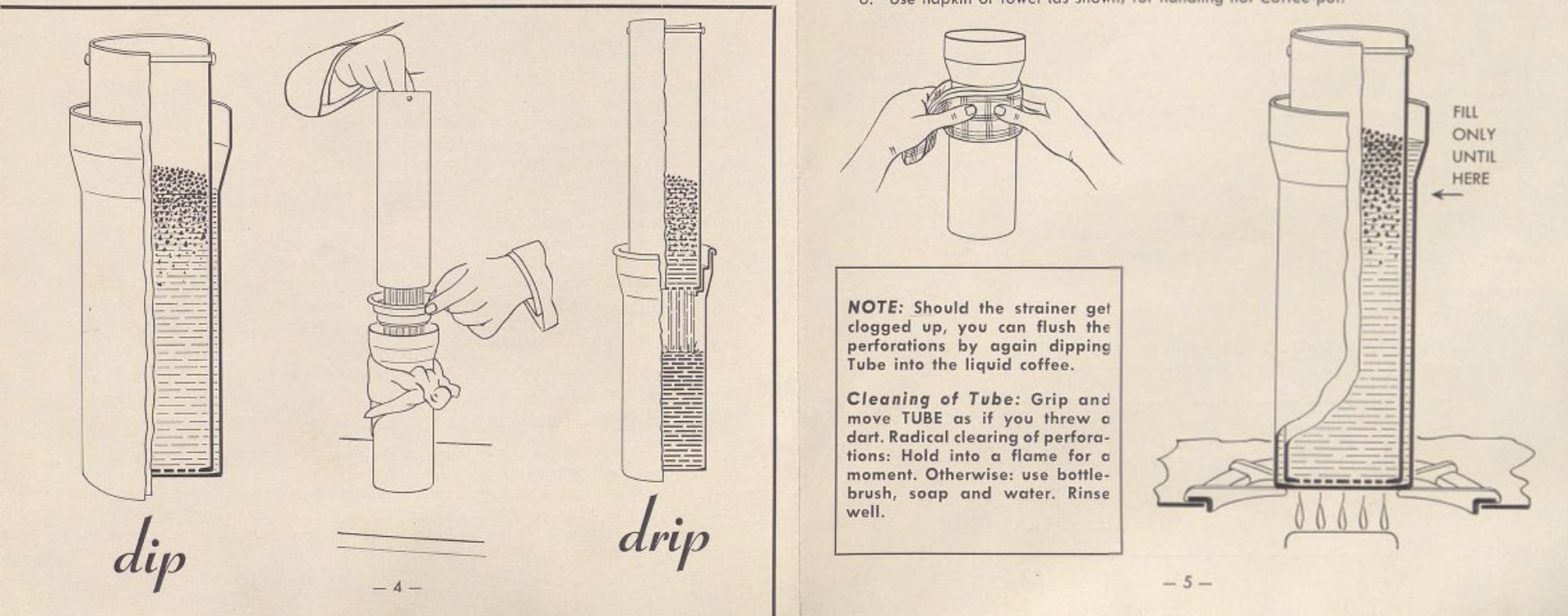
So many danger points here. The material, aluminum (Schlumbohm called “glassplated aluminum”) is extremely hot when used with boiling water. In the second stage of brewing, the device would be as much as 60cm tall on the table, with a very narrow diameter, and extremely prone to being knocked over, spilling super hot coffee slurry everywhere.
I also found some additional promotional material on this device, which was sold in two models: a chef’s edition (for $7.50 in 1947, or $103.50 today!) or a cork edition for $9.50 (that cork added $27.50 of today’s dollars to the device!). Schlumbohm was particularly cute in describing why the “chef’s edition” was the better choice:
“We are strongly in favor of the Chef Model. Be your own “French Chef” and tie a napkin around the neck of the CONTAINER”, he wrote. “It looks much smarter than any mechanical handle ever could, insulates well, is always clean, matches your table linen and protects as a drop catcher. Only as a concession to convention do we offer the Cork Handle version, hand turned from plastic cork.”
Further on, the literature alludes to possible danger from the device, and how a big cloth napkin tied to it could prevent scalding burns.
Sadly (or perhaps not), Schlumbohm’s Tubadipdrip didn’t last long on the market, and finding examples to purchase today would be a serious treasure hunt. But devices like this shouldn’t be lost from the history of pour over coffee.
There was potential in the device, and I don’t quite know why the Chemex Doctor didn’t see it. He even alludes to it in the promotional literature of the time for the Tubadipdrip (Schlumbohm wrote all of his company’s promotional material and ads): he mentions “vacuum type” brew as one of the brew recipes for the Tubadipdrip.
I wonder if he explored making a more airtight fit between the inner and outer tube. So when you pulled up on the inner tube, a partial vacuum would form in the outer tube, and suck all the brewed coffee through through the filter at the bottom of the inner tube, to fill that vacuum. By the time you had the upper tube extracted from the lower one, your coffee would be brewed complete, and sitting in the lower tube. It would result in a faster finished brew, and perhaps less mess and danger at the end.
It might be a product to look at today, if it hasn’t already been considered.
Ethan fell in love with coffee when he lived in Japan for 2 years. He worked in the coffee business as a roasters apprentice and barista until his late 20s, but never gave up a love for coffee. His favourite vacation is doing solo canoe trips in the interior of Ontario.
-
Ethan McGonigalhttps://coffeegeek.com/author/ethanm/April 2, 2024
-
Ethan McGonigalhttps://coffeegeek.com/author/ethanm/November 20, 2023


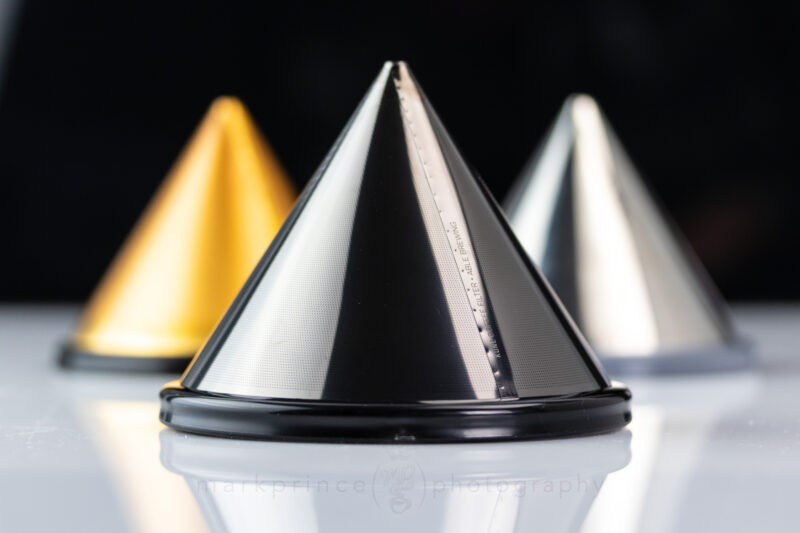

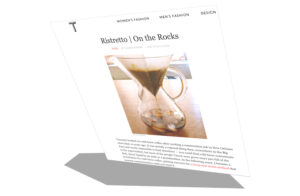
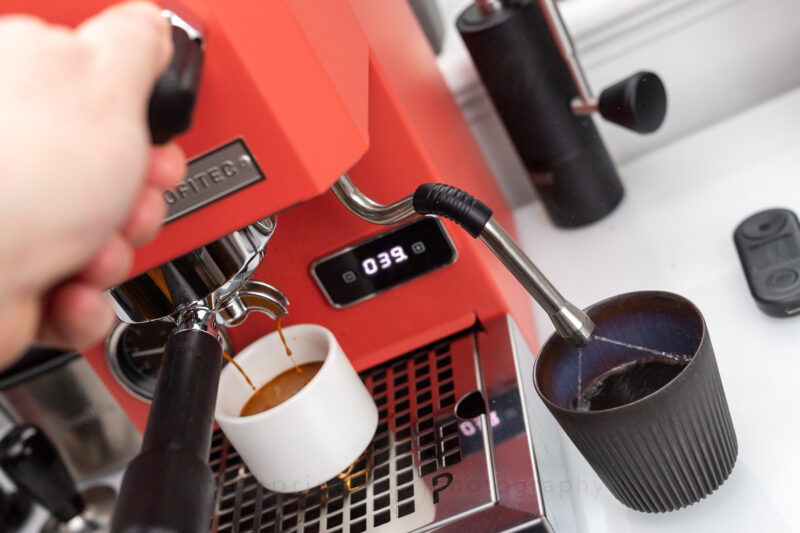



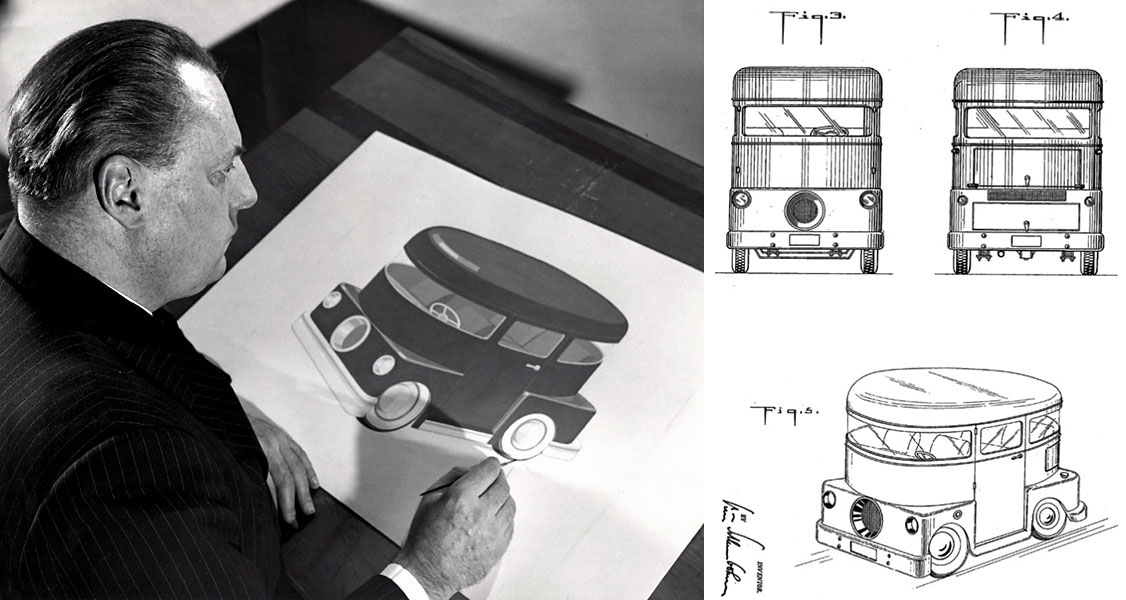
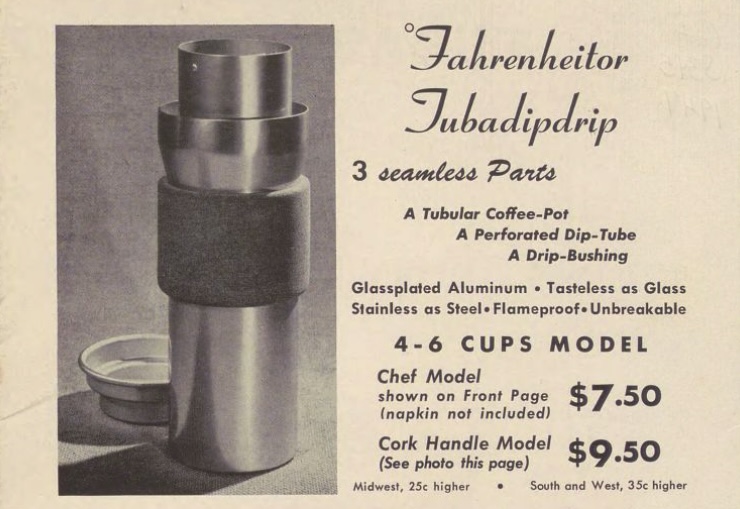

















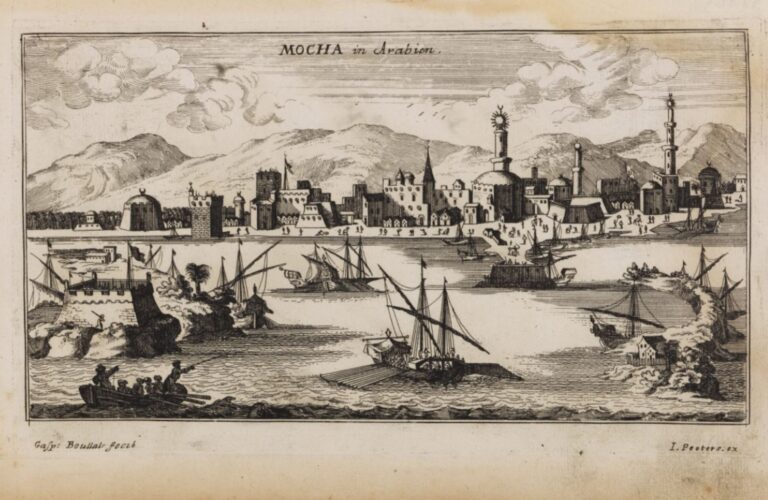


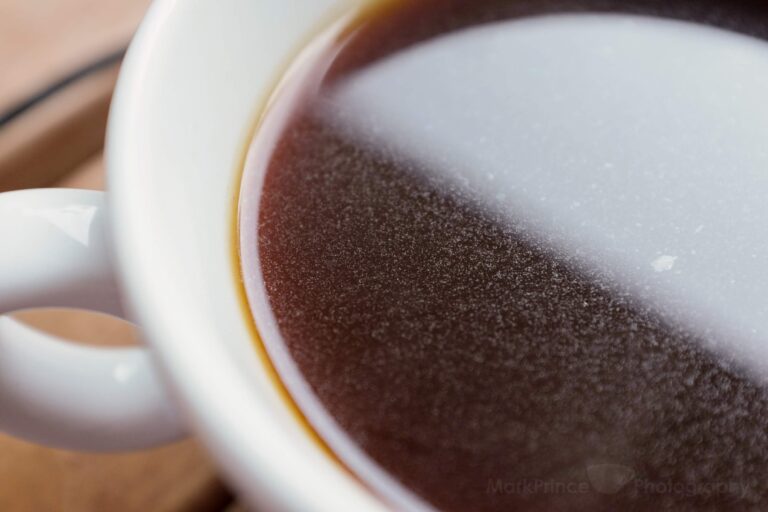

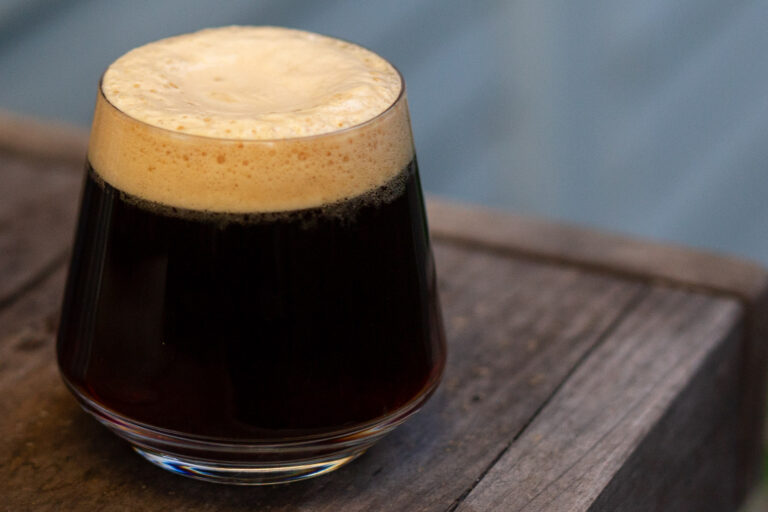









2 Responses
What a fun read! I clicked on every link, even studying the patent filings. We can be forever grateful for his Chemex invention, but quirkiness & impracticality pervade his other designs. But delightful all the same.
Thanks!
Awesome read thank you! I’ve been learning a lot about Peter after learning I’m related to him! I bought a Chemex last year and love it. It’s been fun reading about his other inventions, there’s something endearing about them. Like the other person said, quirky and often impractical but I love that you can see his personality through them. So cool!